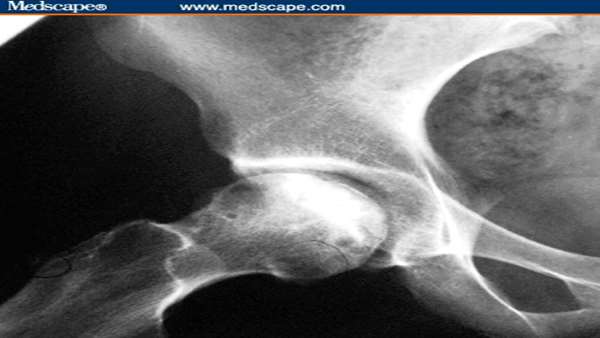Correlation between the efficacy of stem cell therapy for osteonecrosis of the femoral head and cell viability
Osteonecrosis of the femoral head (ONFH) is a common disease that greatly affects the quality of life of patients. Repair of the necrotic area is key to successful treatment. Currently, the combination of stem cell transplantation and decompression is used clinically to promote the repair of necrotic areas based on the characteristics of stem cells
Osteonecrosis of the femoral head (ONFH) is a common disease that greatly affects the quality of life of patients. Repair of the necrotic area is key to successful treatment. Currently, the combination of stem cell transplantation and decompression is used clinically to promote the repair of necrotic areas based on the characteristics of stem cells. However, a considerable number of patients do not achieve a satisfactory outcome in terms of repair of the femoral head necrotic area, and it is very important to determine the reasons for the poor curative effect. The aim of this study was to investigate the correlation between stem cell viability and the repair efficacy of stem cell therapy combined with core decompression for early-stage ONFH.
A total of 30 patients with idiopathic ONFH underwent core decompression combined with autologous stem cell transplantation. The Harris hip score (HHS) and difference in necrosis area before and after surgery were measured. The mean repair ratio was set as the threshold to divide the patients into group A (ratio above the mean) and group B (ratio below the mean). The ultrastructure, proliferative capacity, and multidirectional differentiation ability were compared between the groups.
At 9 months after surgery, the HHS and magnetic resonance imaging (MRI) findings improved by varying degrees. Based on the mean repair ratio of (62.2 ± 27.0)%, the threshold for dividing the patients into groups A and B was set to 62.2%. Better repair (group A) was associated with more rapid proliferation and a healthier ultrastructure. The cells in group A showed stronger specific staining signifying osteogenic and chondrogenic differentiation; alkaline phosphatase (ALP) activity, an indicator of osteogenic differentiation, was higher in group A than in group B (OD, 2.39 ± 0.44 and 1.85 ± 0.52; p < 0.05).
The quality of implanted stem cells is closely related to treatment efficacy and determines whether the defective self-repair in the necrotic area can be corrected to enhance repair and thus achieve the desired therapeutic outcome.
Reference:https://www.ncbi.nlm.nih.gov/pmc/articles/PMC6990483/




ارسال به دوستان